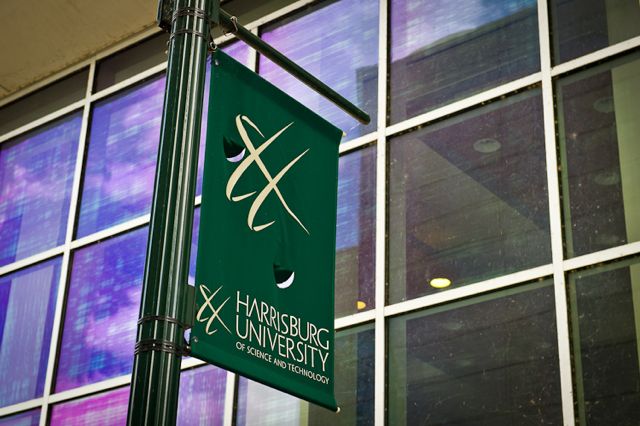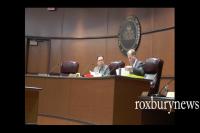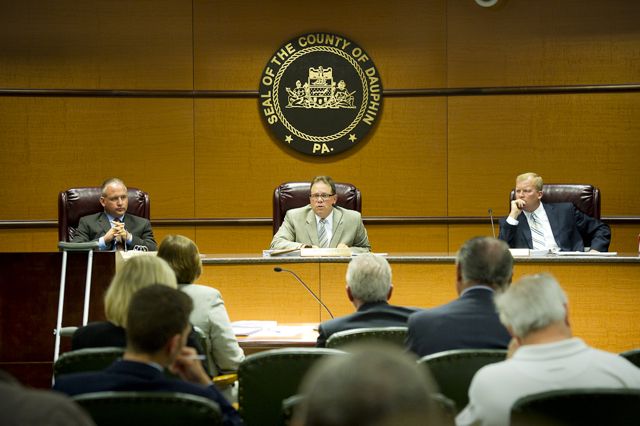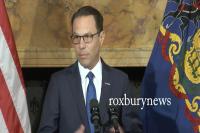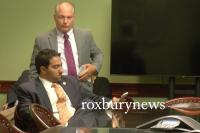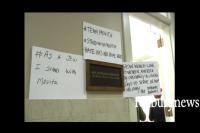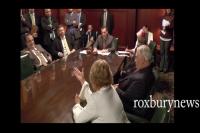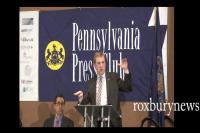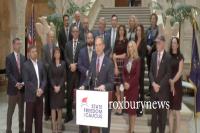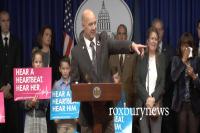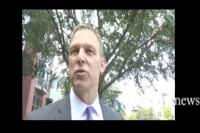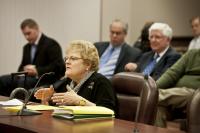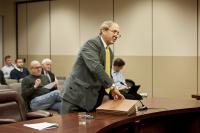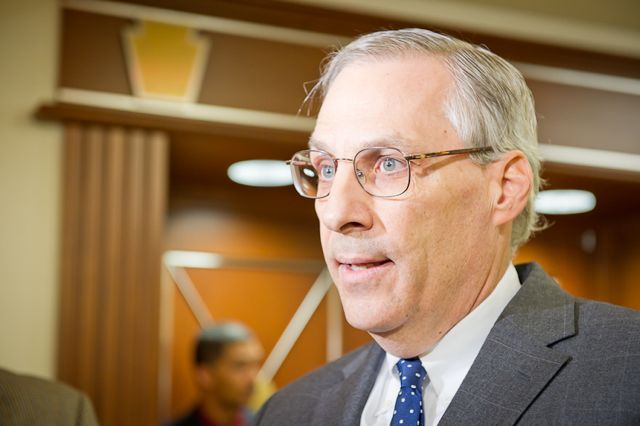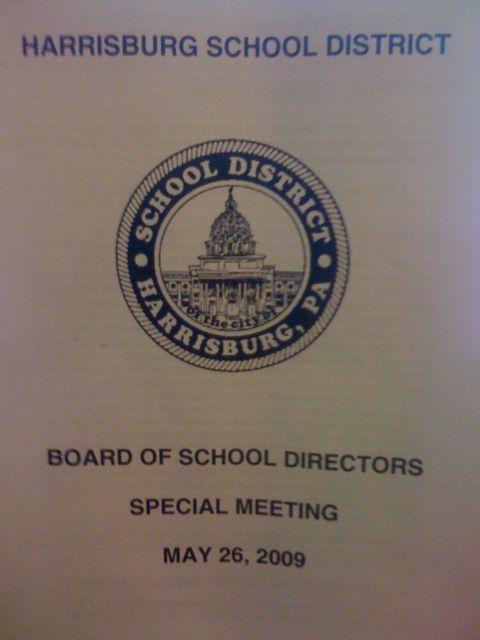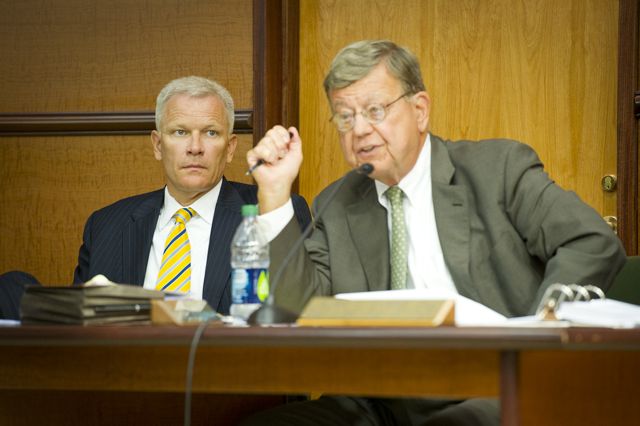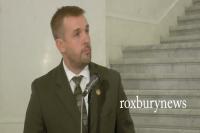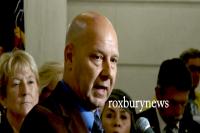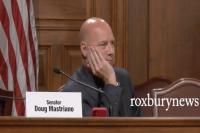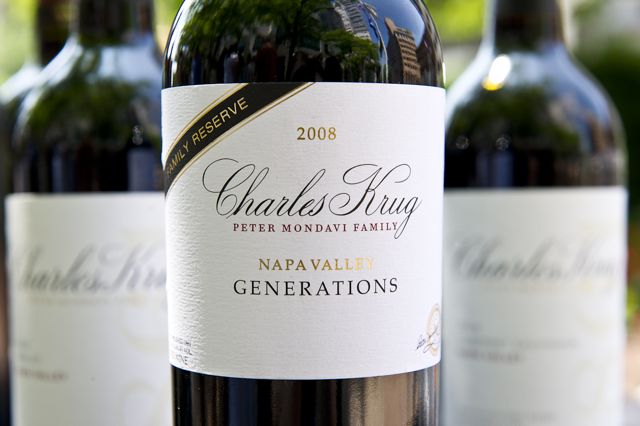As released by the Pennsylvania Liquor Control Board.
The Pennsylvania Liquor Control Board, PLCB, today announced revenues at Fine Wine & Good Spirits stores reached $2.17 billion in fiscal year 2012-13, a $93 million or 4.5 percent increase over FY 2011-12. The agency paid a record $512 million in sales tax, liquor tax and transfers to the General Fund, an increase of $18 million.
Sales growth and operational expense control resulted in net income of $128.4 million, a $24.9 million or 24 percent increase over FY 2011-12. Gross margin increased to 31.15 percent compared to last year’s level of 30.88 percent. Through continued cost control and reviews, agency operating expenses remained essentially flat at $387.5 million.
Retail wine sales showed the strongest growth, a 6 percent increase, driven by the Chairman’s Selection program. Retail spirit sales at Fine Wine & Good Spirits stores increased by 3.7 percent, while overall licensee sales increased by a more modest 1.4 percent.
In addition to the $512 million contribution to the General Fund, the agency also provided $8.1 million in local taxes to Philadelphia and Allegheny counties, $24 million to the Pennsylvania State Police, $2.6 million to the Department of Drug and Alcohol Programs and $4.4 million in licensing fees returned to local municipalities. In total, agency contributions to state and local entities totaled more than $550 million, a $21 million increase from the previous fiscal year.
As a result of the implementation of bailment, which gave ownership of warehouse inventory back to vendors, the agency was also able to repay a $110 million revolving operational loan to the State Treasury that’s been in existence since 1968.
Established in 1933, the Pennsylvania Liquor Control Board regulates the distribution of beverage alcohol and also operates more than 600 Fine Wine & Good Spirits stores statewide. Taxes and store profits are returned to Pennsylvania’s General Fund, helping to pay the cost of essential services such as education, health care, infrastructure and public safety.

